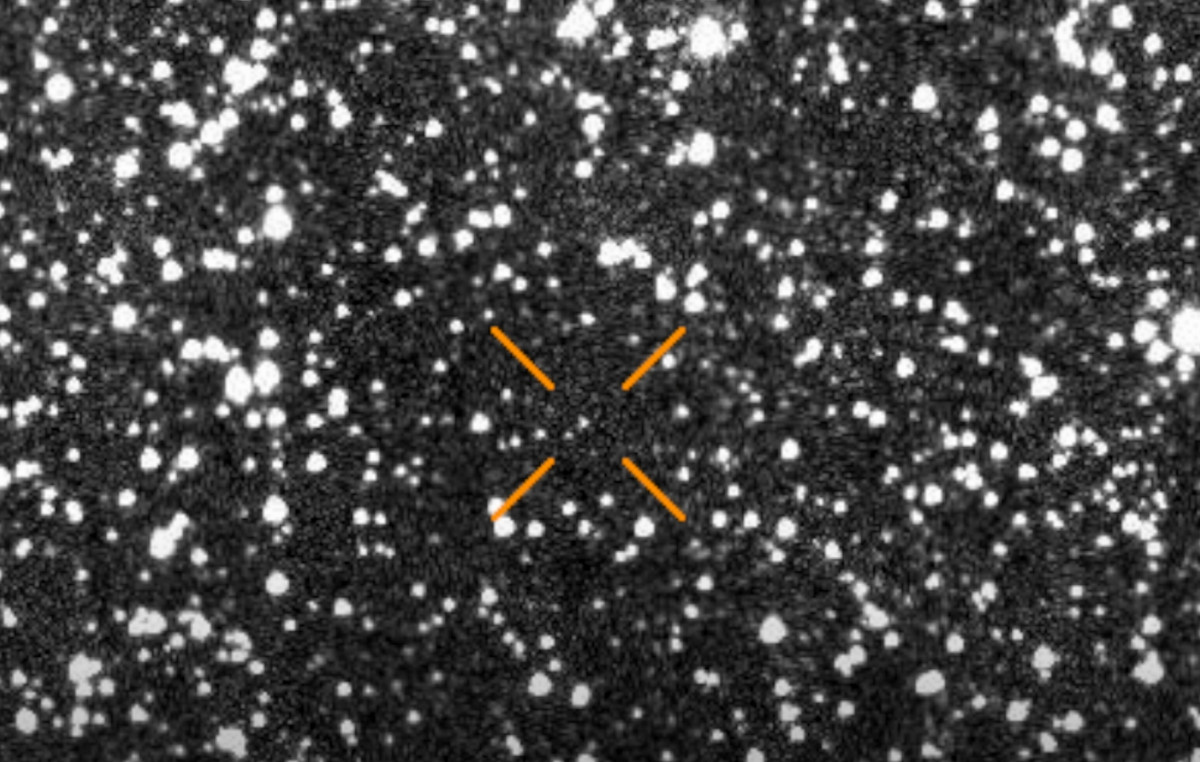Members of the crypto community argue about the ethics of creating crypto projects around the image of dead animals. The trigger for discussing the problem was the success of the PNUT coin.
We tell you what the point of the discussion is and how representatives of the crypto industry want to resolve the ethical dilemma.
It’s all PNUT’s fault
Peanut the Squirrel (PNUT) is a crypto project with a token of the same name, which was dedicated to a little squirrel named Peanut. American Mark Longo found an animal with multiple injuries in 2017. He gave birth to a baby squirrel and as a result, Peanut became his pet.
On October 30, 2024, Peanut was removed from the owners’ home by decision of the New York State Department of Environmental Protection. The animal was soon euthanized. The regulator turned its attention to Longo in January 2024 after representatives of an environmental organization complained that the man was illegally keeping wild animals.
Peanut’s death sparked outrage on social media and condemnation from various lawmakers. The incident also became the reason for the creation of a bill aimed at preventing similar situations in the future.
History picked up representatives of the election campaign of Donald Trump, who at that time was a candidate for US President. Supporters of the politician used the Peanuts case to highlight the injustice of justice faced by the country under Democratic rule.
To discuss the unfair fate of the baby squirrel connected and Trump supporter and active member of the crypto community Elon Musk. The hype around the topic has reached such proportions that the creation of a thematic token has become a matter of time. Soon, enterprising members of the crypto community introduced the PNUT coin.
A coin that arrived just in time
At the time of writing, Peanut the Squirrel is ranked 86th by market capitalization, according to CoinMarketCap. The maximum value of the coin was recorded on November 14, 2024 at $2.47. Peanut is currently trading at $1.11, down 55% from its peak.
Many people have made good money from the growth of Peanut the Squirrel. For example, here is the story of a whale that made $14 million on PNUT. There are other striking cases. For example, one trader turned $16 into $3 million using a coin.
The ethical dilemma of the “dead squirrel”
The first question is about the ethics of making money on hype around suffering animals. raised popular crypto blogger under the nickname @Eljaboom. He believes that such earning schemes violate all moral laws.
A discussion ensued in the comments to the post. Some believe that it doesn’t matter what theme the memcoin is built around, the main thing is the opportunity to earn money. Followers @Eljaboom reminded him that the Shiba Inu dog, which became the symbol of the most popular memecoin, Dogecoin, is already dead. Netizens suggested that, according to the blogger’s logic, all crypto exchanges should abandon the coin. The author of the post in turn believesthat this is a different story, since the Dogecoin symbol was alive at the time of the creation of the token.
There are also those who countsthat PNUT is more than a cryptocurrency. In their opinion, the case with the baby squirrel launched a whole movement, the task of which is to prevent the repetition of injustice against domestic animals. Supporters of such views believe that the hype around the coin helped spread information about the incident, and therefore brought benefits.
Cryptans were found who are confident is that the digital asset market and morality cannot coexist. They were opposed by members of the crypto community, who, like @Eljaboom, believe that making money on hype around a dead animal is too much.
Stay informed! Subscribe to World Stock Market in Telegram.
Source: Cryptocurrency
I am an experienced journalist and writer with a career in the news industry. My focus is on covering Top News stories for World Stock Market, where I provide comprehensive analysis and commentary on markets around the world. I have expertise in writing both long-form articles and shorter pieces that deliver timely, relevant updates to readers.







